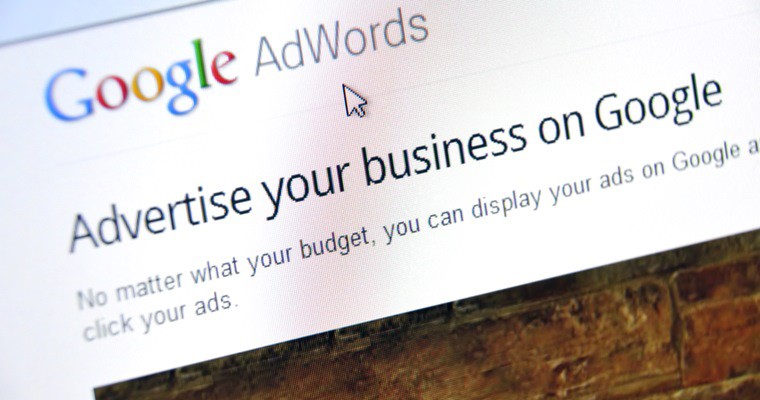It becomes less and less frequent to have to brush up on which metrics to look at when I perform my seminars for intermediate AdWords advertisers.
They usually know that the best approach is to review a mix of metrics such as:
- CTR
- Conversions
- Cost per conversion
- Value per conversion
By using these four metrics you’re sure to find the ad that will bring you:
- The most traffic
- with the most conversions
- at the lowest price
- while bringing the highest overall revenue
But lately I’ve found that what used to be best practice in AdWords no longer really applies. Google has made so many changes and added so many new features to AdWords that some things must have inevitably changed.
And metrics is definitely one of the areas. Not too long ago Google introduced Value Tracking and for some time we’ve been able to import revenue from Google Analytics. It was however not until earlier this year that I started paying more attention to the Conversion Value / Cost metric when managing AdWords campaigns for Ecommerce companies.
Why You Should Forget About Cost Per Conversion
Cost per conversion becomes less important when you start comparing it to Conversion Value / Cost. You essentially don’t care about having a set goal for your cost per conversion. Instead you should aim to have a certain amount of margin with each sale. If the Conversion Value is high enough for a certain keyword then you will be able to afford a higher cost per conversion in comparison to other keywords with lower Conversion Value.
Ecommerce companies who sell backpacks, luggage, wallets etc. can be a great example. A wallet will frequently sell for as low as $10-$20. If you want to maintain a 5-1 ratio in revenue-to-cost in order to ensure profitability you will need to have a cost per conversion at around $2-$4.
However, when selling suitcases the price range increases a lot. Your average sale is all of a sudden in the $100-$200 range for the cheapest suitcases. You still want to maintain a 5-1 ratio, so instead of $2-$4 in cost per conversion you can afford $20-$40, 10 times higher.
Some luggage sales are likely to be much higher because families tend to buy suitcases for every family member at once causing an order to easily reach $500. All of a sudden you can afford to pay a lot more per conversion than if you had just put in a flat cost as conversion goal for your account.
By using Conversion Value / Cost you will be able to set precise bidding on the spot without further calculations, integrations or spreadsheets. The metric is also amazing when you are using AdWords Scripts to manage your bids.
Conversion Value / Cost Automatically Calculates Your Revenue Ratio
Some might argue that it’s hardly a big deal to find out what the ratio is between revenue and cost, but I’ve found it extremely helpful to use this metric in my AdWords work. It’s increased my productivity and saved me time when getting a feel for the profit-levels in a new AdWords account.
Especially when I’m doing account audits internally in White Shark Media or for Clients in PPC Profit. The campaigns, ad groups or keywords with a too low Conversion Value / Cost number can be one of the best places where to start optimizing your AdWords campaign.
Here we see a real life example:
For this account we’re aiming the ratio between revenue and cost to be around 8 or higher. If I had only looked at the cost per conversion, then I’d find out for instance that Campaign A and Campaign B were doing around the same. They’re very close in both conversion rate and cost per conversion.
However, the Conversion Value / Cost is pretty different. The Conversion Value / Cost for the Campaign B campaign is a whopping 24.2 while Campaign A is just above our lower limit with 8.1.
As you can see, the bidding (avg. ad position) also mirrors the fact that we’re earning much more per dollar spent in Campaign B as opposed to Campaign A. Campaign B has been pushed towards the top 3 spots for all keywords and I predict it could even be pushed further.
Based on this initial assessment, Campaign A should on the other hand not receive any increases in bidding. I could name numerous other examples in this account and others where I’ve been able to dissect the true campaign performance more precisely by using the Conversion Value / Cost metric rather than relying on Cost per Conversion.
Takeaways For Your Own AdWords Management Tasks
I want you to go away from this blog post and try to enable the Conversion Value / Cost metric in your AdWords campaign. By starting to enable this in your account you’ll be a lot more knowledgeable about how you should set your bidding.
Bid management is one of the aspects of AdWords management that in my experience scares new advertisers the most. By implementing this metric the bid management aspect should become easier even if it’s just a little bit.
If you have found any new useful metrics in AdWords that you didn’t use previously, then I would be happy to hear from you in the comments below.
Please share on Twitter and Google+ if you enjoyed this post!
Featured Image: jordache via Depositphotos





